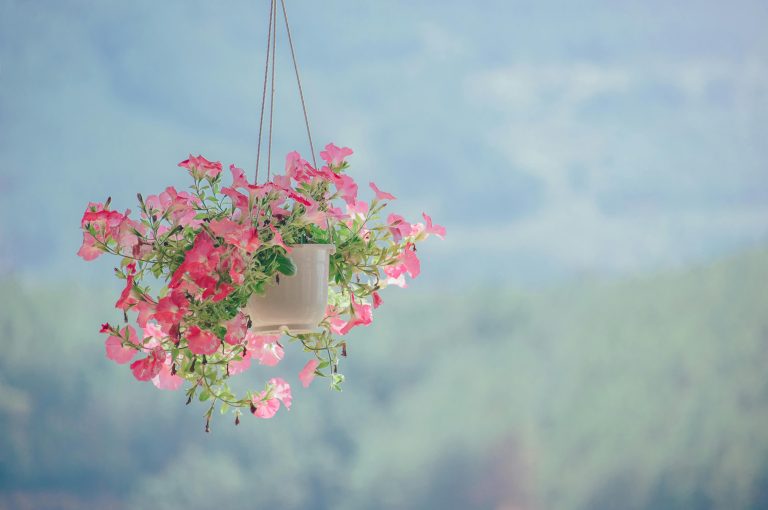Visual Serenity: How Your Surroundings Quiet the Mind
The moment you step into a room, your nervous system makes a decision: Am I safe? Am I calm? Is this somewhere I can rest?
The colors on the wall, the lighting, the clutter (or lack of it), the way your bedsheets fold, even the softness of the shadows—all of it speaks to your brain before you consciously process a thing. Your environment is your first therapy session. So let’s talk about what it’s saying to your mind.
Creating visual serenity isn’t about being minimal or aesthetic for Instagram. It’s about crafting space that co-regulates your stress, clears your mental fog, and invites peace.
Your Eyes Are an Extension of Your Nervous System
Your brain doesn’t work in isolation. What your eyes take in—lighting, color, shape, texture—directly influences your mood and emotional response. That’s why harsh fluorescent lights make you feel overstimulated. Why cluttered rooms increase cortisol. Why soft, symmetrical spaces make you want to exhale.
Here’s the psychology: the retina is part of your central nervous system. It sends visual data straight to your brain’s emotion centers (like the amygdala and hypothalamus), triggering either stress or safety responses.
So, when your room feels off? It’s not just design. It’s biological.
The Power of Gentle Visuals
Gentle visuals = soft light, slow movement, and intentional negative space. This includes things like:
- Warm-toned fairy lights or LED glow
- Natural textures (wood, plants, cotton)
- Muted tones like sage, oatmeal, blush, and sand
- Floating curtains that sway with the air
- Open spaces that let your eyes rest
- Daylight filtering in with soft shadows
These are more than “aesthetic.” They give your brain permission to pause. They signal that nothing urgent is happening here—and that you’re allowed to soften.
Visual Overload = Mental Overload
A visually chaotic space leads to cognitive fatigue. Research shows that when your eyes are overstimulated, your brain works overtime trying to filter through it. You may notice:
- Difficulty focusing
- Restlessness
- Feeling tired but wired
- Emotional short fuses
- A subtle sense of being “off” all day
Creating a calm space gives your brain a break from filtering chaos. It shifts you out of survival mode and back into regulation.
Why Nature and Natural Imagery Help You Breathe Easier
Ever noticed how just looking at a photo of trees, oceans, or wide fields helps you breathe deeper?
That’s the power of biophilic design—the idea that humans are wired to feel good in nature or nature-inspired visuals. It’s backed by neuroscience: natural elements lower blood pressure, reduce stress hormones, and increase serotonin. This can include:
- Real plants
- Ocean or rain visuals
- Wood textures
- Nature sound pairings (think: forest loops with pine visuals)
If you can’t go outside, you can bring outside in.
How to Visually Reset Your Space (Without Doing a Full Makeover)
You don’t need a full Pinterest-perfect redo. You just need to rearrange with intention. Try these tiny visual resets:
- Turn off overhead lights and use 1-2 warm lamps
- Declutter just one surface (like your desk or nightstand)
- Add one organic element: a leaf, a feather, a seashell
- Pick 2-3 colors to guide your space—keep everything else out
- Use soft textiles (blankets, pillowcases) in calming tones
- Display one comforting visual: a photo, quote, or candle
- Replace harsh backgrounds with wallpaper loops of waves or clouds
Even the smallest visual shift changes how your brain processes the space. You’re not decorating. You’re regulating.
Using Visual Anchors to Reduce Anxiety
A visual anchor is something your brain can return to when things feel chaotic. These are calming focal points that subconsciously soothe the nervous system. Examples include:
- Watching steam rise from a mug
- Gazing at a slow lava lamp
- A crystal shelf in soft light
- Watching ceiling shadows sway from the fan
- A simple wall with a single, grounding quote
These anchors are a way to tell your nervous system: you’re not lost. You’re not in danger. You’re home.
Final Thoughts
Your environment is your first form of self-care. You don’t have to repaint the walls or buy new furniture to create serenity. Sometimes it’s as simple as rearranging what’s already there with softness, presence, and intention.
Your eyes are gateways to your mind. Fill them with peace.
For more ways to slow down and reset, keep coming back to SootheSync.







